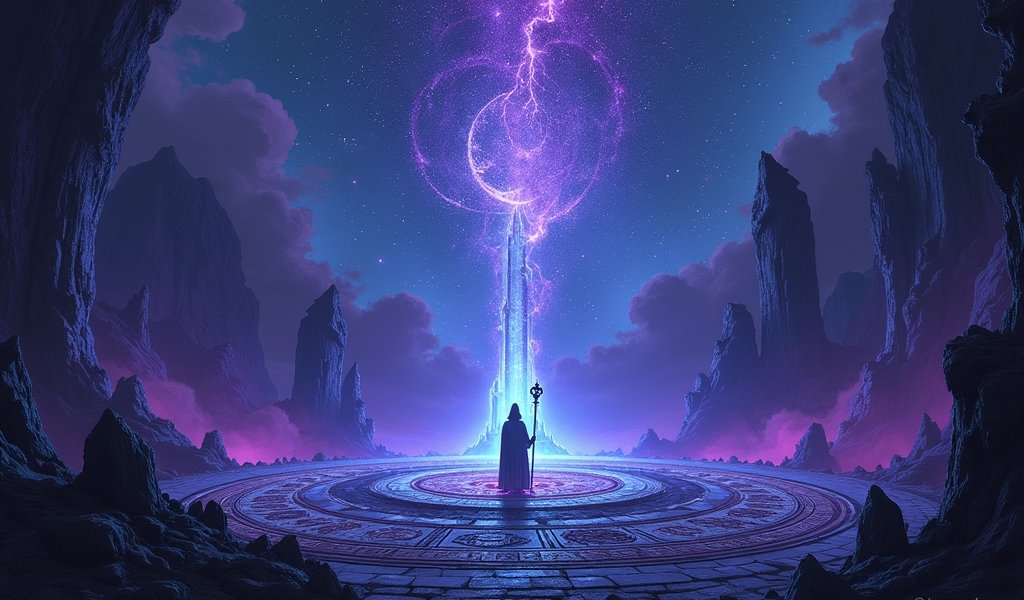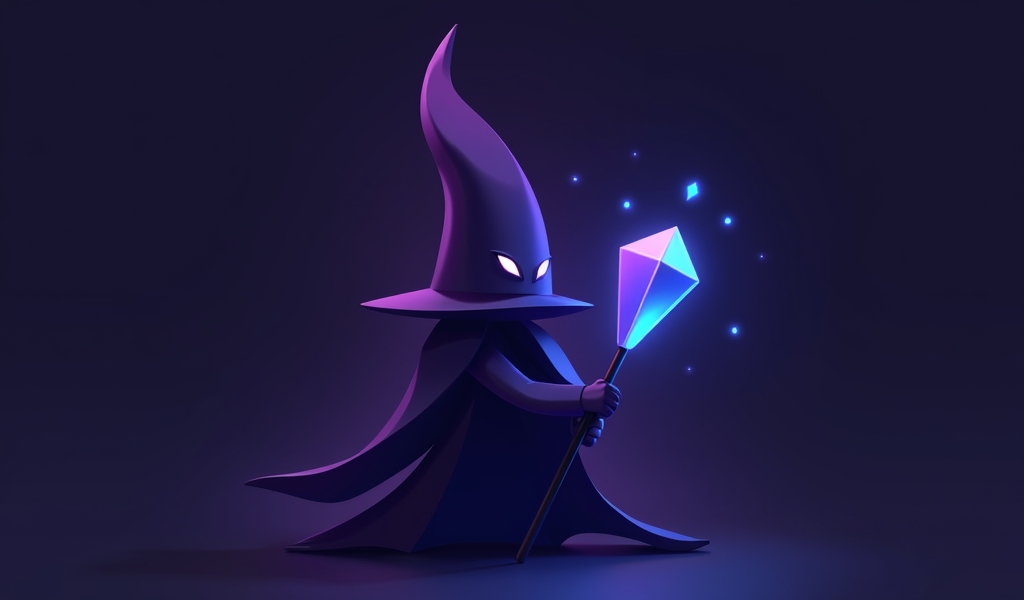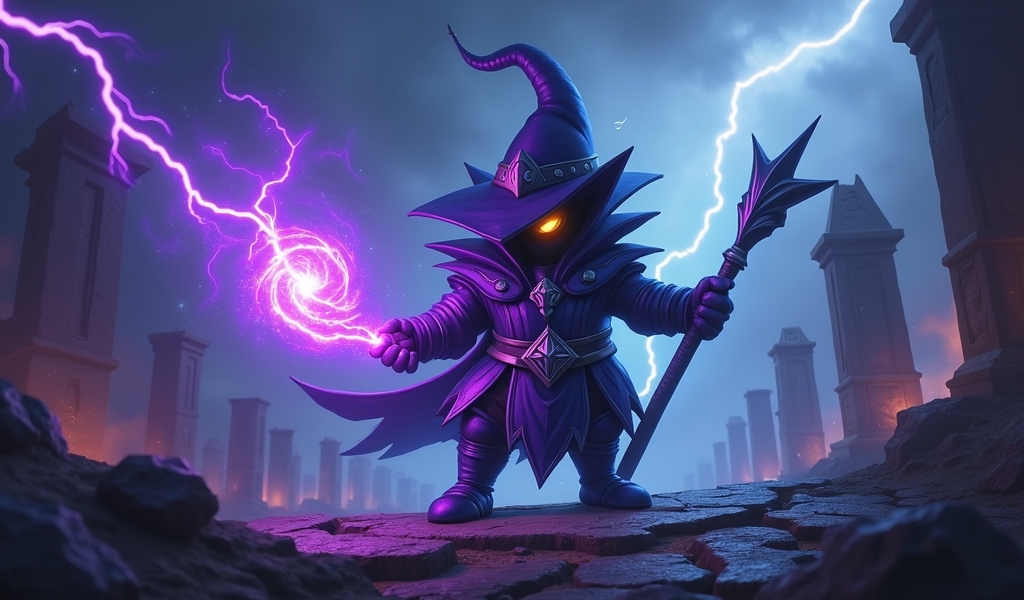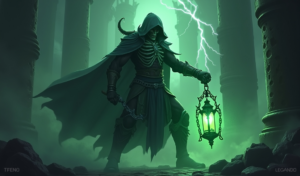Overview
How to play Veigar effectively requires mastering five essential strategies: stacking AP efficiently, perfecting cage placement, optimizing builds, positioning safely in teamfights, and dominating the late game. This methodical approach transforms the Tiny Master of Evil from a vulnerable early game mage into a devastating late-game powerhouse capable of one-shotting enemies and controlling teamfights through his unparalleled scaling potential.
Table of Contents
Introduction to Veigar
Learning how to play Veigar effectively can transform you into a late-game powerhouse capable of obliterating enemies with a single combo. The Tiny Master of Evil might be small in stature, but his potential for destruction is limitless thanks to his unique infinite scaling. This guide will walk you through everything you need to know about mastering Veigar in League of Legends, from basic mechanics to advanced strategies that will help you climb the ranked ladder.
Veigar stands out as one of the most satisfying mages to play, combining crowd control with devastating burst damage. His ability to one-shot enemies in the late game makes him a terror on the Rift, but getting there requires understanding his early game weaknesses and how to overcome them. Whether you’re a beginner looking to add a new champion to your pool or an experienced player wanting to refine your Veigar skills, these five essential tips will help you maximize your impact.
Before diving into specific strategies, it’s worth noting that professional coaching can significantly accelerate your improvement with any champion, including Veigar. Now, let’s explore what makes this yordle mage so uniquely powerful and how to harness his full potential.
Understanding Veigar’s Kit and Playstyle
Before mastering how to play Veigar, you need to understand what makes him unique. Veigar’s identity revolves around his passive, Phenomenal Evil Power, which allows him to gain ability power indefinitely by hitting champions with abilities or last-hitting with Q. This scaling mechanic is what transforms him from a vulnerable early game mage into a late-game monster.
Veigar’s primary abilities include Dark Matter (W), a delayed area damage spell; Event Horizon (E), his signature cage that stuns enemies who touch its walls; and Baleful Strike (Q), which can hit two targets and grants stacks. His ultimate, Primordial Burst, deals massive damage based on both his AP and the missing health of his target, making it the perfect execution tool.
The core playstyle of Veigar focuses on farming safely in the early game while stacking AP, controlling space with your cage mid-game, and deleting priority targets in the late game. His weakness lies in his immobility and vulnerability to all-ins, especially before level 6. Learning to navigate these weaknesses while capitalizing on his scaling potential is key to success.
Understanding matchups is crucial when playing Veigar. He struggles against high-mobility assassins like Zed and Fizz but excels against immobile mages and can counter certain tanks with his percentage-based damage. As noted by the official League of Legends champion page, Veigar’s win rate tends to increase significantly as games go longer, confirming his status as a late-game hypercarry.

Tip 1: Master Your Stacking Strategy
The foundation of playing Veigar effectively lies in maximizing your passive stacks. Your goal should be to accumulate as much AP as possible throughout the game, which requires a deliberate approach to farming and harassing. Here’s how to optimize your stacking strategy:
First, prioritize last-hitting with Q whenever possible. Each minion killed with Baleful Strike grants you 1 AP, and the ability can hit two targets in a line, potentially giving you 2 stacks with a single cast. In the early game, this should be your primary focus rather than trading aggressively with your opponent.
Second, learn the proper Q farming technique. Position yourself to hit two minions in a line, especially when they’re low health. This takes practice but dramatically increases your stacking efficiency. By level 7-9, your W should be strong enough to one-shot the caster minions, allowing you to use Q exclusively for stacking.
Third, supplement minion stacking with champion hits. Every champion hit with an ability grants you 1 AP (with a 5-second cooldown per champion). Look for opportunities to land W or Q on your lane opponent without putting yourself in danger. Your cage (E) is perfect for setting up these hits while keeping you safe.
Aim for these benchmark stack counts to track your progress:
- 100 stacks by 15 minutes (good)
- 150 stacks by 20 minutes (great)
- 200+ stacks by 25 minutes (excellent)
Remember that improving your stacking efficiency with coaching can dramatically accelerate your late-game power curve. A common mistake among newer Veigar players is using abilities to harass when they should be focusing on stacks, especially in matchups where you’re unlikely to secure kills early.
Tip 2: Perfect Your Cage Placement
Veigar’s Event Horizon (E) is arguably one of the most powerful non-ultimate abilities in League of Legends. Mastering this skill is essential to playing Veigar effectively, as it serves multiple purposes throughout the game. Let’s break down how to use this ability to its full potential:
The cage has a 0.5-second delay before appearing, which means you need to anticipate enemy movement rather than reacting to it. Practice placing it slightly ahead of where enemies are walking to increase your chances of stunning them. In lane, use it defensively when ganked or offensively to set up your W (which has a longer delay) and full combo.
There are several advanced cage techniques worth mastering:
- Edge placement: Position the edge of your cage directly on top of an enemy to guarantee a stun
- Zoning: Place your cage to cut off escape routes during skirmishes
- Objective control: Use it to zone enemies away from Dragon or Baron
- Cage-flashing: Cast E and then Flash to surprise enemies with an unexpected stun
Remember that your cage doesn’t need to stun to be effective. Its zone control capabilities can force enemies to walk in predictable patterns, setting them up for your W or your team’s follow-up. As noted by professional guides, the psychological impact of a well-placed cage often exceeds its actual CC value.
In teamfights, resist the urge to use your cage immediately. Wait for key moments like when enemies are clustered or when protecting your backline from divers. The 18-22 second cooldown (depending on CDR) means you’ll typically only get to use it once per fight, so timing is crucial.
One of the most valuable skills online coaches can teach is proper cage usage, as it’s often the difference between a good Veigar player and a great one. With practice, you’ll develop an intuitive sense for cage placement that can single-handedly win teamfights.
Tip 3: Optimize Your Build Path
Building Veigar properly enhances his strengths and helps cover his weaknesses. While there’s room for adaptation based on matchups and team compositions, certain core principles should guide your item choices when learning how to play Veigar effectively.
Start with a Lost Chapter item as your first major purchase. Luden’s Echo provides burst damage and movement speed, making it the standard choice for most games. Against tanky teams, consider Liandry’s Torment for its percentage health damage, while Everfrost gives you an additional CC option against mobile champions.
After your mythic item, prioritize the following based on the game state:
- Zhonya’s Hourglass: Essential against AD assassins or dive-heavy comps
- Rabadon’s Deathcap: Amplifies your stacking passive tremendously
- Void Staff: Necessary when enemies start building magic resistance
- Banshee’s Veil: Valuable against heavy AP or pick compositions
- Cosmic Drive: Provides ability haste and movement speed for kiting
For boots, Sorcerer’s Shoes are standard for the magic penetration, but consider Mercury Treads against heavy CC teams or Plated Steelcaps against AD-heavy compositions. The extra survivability often outweighs the damage loss since staying alive longer means more spell rotations.
Regarding runes, Electrocute provides burst damage for securing kills, while Phase Rush helps with mobility and kiting. In difficult matchups, consider Unsealed Spellbook for its versatility or First Strike for additional gold generation to reach your power spikes faster.
Always adapt your build based on the specific game. For example, against a Zed or Talon, rushing Seeker’s Armguard before completing your mythic can be the difference between surviving or feeding. Similarly, professional coaches recommend adjusting your build path when behind to include more defensive options rather than stubbornly pursuing damage.

Tip 4: Position Safely in Teamfights
As Veigar, your positioning in teamfights can make or break your effectiveness. Despite having tremendous damage potential, you remain vulnerable due to your lack of mobility and reliance on skillshots. Mastering proper positioning is therefore essential to playing Veigar at a high level.
The golden rule for Veigar positioning is to stay at the edge of your effective range. Your cage has a 725 range, while your Q reaches 900 units. Ideally, you want to operate at these distances – close enough to threaten with your abilities but far enough to avoid immediate danger.
Here’s a step-by-step approach to teamfight positioning:
- Start behind your frontline, out of vision if possible
- Wait for the initial engage tools to be used before committing your cage
- Focus on protecting yourself and one key carry with your cage placement
- Only move forward to use your shorter-range abilities (W and R) when it’s safe to do so
- Reposition after each ability cast to avoid becoming predictable
Remember that as the game progresses and your stacks increase, you become an increasingly valuable target. Enemy assassins and divers will prioritize you, so staying near teammates with peel abilities is crucial. Don’t be afraid to use your ultimate on frontline targets if they’re the only ones you can safely reach – a common mistake is holding your R too long looking for the perfect target.
Ward control plays a significant role in positioning safely. Deep wards allow you to track enemy movement, reducing the chances of being flanked or caught off guard. As suggested by top players on analysis sites like U.GG, investing in control wards and coordinating with your support on vision can dramatically improve your survivability.
When facing high-mobility threats like Zed or Leblanc, consider adjusting your build to include defensive items earlier, and don’t hesitate to seek professional esports coaching for matchup-specific positioning advice.
Tip 5: Dominate the Late Game
The late game is where Veigar truly shines, transforming from a vulnerable mage into a terrifying force capable of deleting multiple enemies. To maximize your impact in this phase when learning how to play Veigar, you need to understand how to leverage your accumulated power effectively.
By the 30-minute mark with proper stacking, your burst combo should be able to one-shot most squishies without using your ultimate. Save your R for securing objectives or executing tanks after they’ve been damaged. The execution damage on your ultimate means it becomes more effective the lower your target’s health is.
In late-game teamfights, your priorities shift slightly:
- Focus on controlling key areas around objectives with your cage
- Look for multi-target stuns rather than single-target picks
- Position to hit multiple enemies with your W and Q
- Be patient with your ultimate, using it to secure important kills
- Consider split-pushing only if you have Teleport and vision control
Your presence alone creates pressure in the late game. Use this to force objectives by positioning near them, as enemies will be reluctant to engage into a Veigar with full cooldowns. If they do commit, a well-placed cage can turn the fight instantly.
Remember that death timers are long in the late game, making your picks much more impactful. Look for isolated targets trying to ward or rotate, as a single deletion can open up Baron or Elder Drake. However, avoid face-checking bushes yourself – your damage doesn’t help if you’re caught and killed before using it.
When sieging or defending, your cage becomes an incredible zoning tool. Place it to cut off narrow jungle pathways or to protect your team while taking towers. A single well-placed cage can often force enemies to give up objectives entirely rather than risk engaging into it.
Finally, don’t get overconfident just because you can one-shot enemies. Veigar remains vulnerable to CC and burst, so maintain disciplined positioning even when you’re carrying. As the game extends past 40 minutes, a single death can mean the difference between victory and defeat.
Conclusion
Mastering how to play Veigar requires patience, precision, and a deep understanding of his unique scaling mechanics. From careful stacking in the early game to devastating team fights in the late game, each phase presents different challenges and opportunities. By implementing these five essential tips – mastering your stacking strategy, perfecting cage placement, optimizing your build path, positioning safely in team fights, and dominating the late game – you’ll be well on your way to unleashing the full potential of the Tiny Master of Evil.
Remember that Veigar rewards methodical play and punishes impatience. His infinite scaling means you’re always getting stronger, so focus on consistent improvement rather than flashy plays. Apply these strategies consistently, and you’ll see your impact and win rate climb alongside your AP stacks.
Whether you’re playing Veigar in the mid lane, as an APC in the bot lane, or even as a support, these fundamentals remain relevant. Adapt your approach based on the role, but never lose sight of what makes Veigar special – the ability to grow from a tiny yordle into an unstoppable force of magical destruction.
The journey to mastering how to play Veigar is ongoing, but with these tips as your foundation, you’re well-equipped to strike fear into the hearts of your enemies and climb the ranked ladder with this timeless League of Legends champion.
Frequently Asked Questions
Is Veigar good for beginners in League of Legends?
Veigar can be good for beginners due to his straightforward abilities and clear win condition of scaling into late game. However, his lack of mobility and vulnerability to assassins means new players need to focus on safe positioning and farming.
What is the best lane position for Veigar?
Mid lane is Veigar’s primary position where he can safely farm and stack AP, though he can also work as an APC in bot lane or even as a support. His effectiveness in any position depends on his ability to safely accumulate stacks throughout the game.
How do I counter Veigar?
Counter Veigar by picking mobile champions who can dodge his abilities and all-in him early before he scales. Assassins like Zed, Fizz, and LeBlanc are particularly effective, as are champions who can bypass or outrange his cage.
What should I max first on Veigar?
Max W (Dark Matter) first for waveclear and damage, followed by E (Event Horizon) for reduced cooldown on your cage. Q should be maxed last since its primary value comes from stacking rather than its base damage.
When does Veigar hit his power spike?
Veigar hits his first significant power spike at level 6 with his ultimate, but his true potential emerges in the mid to late game (around 25-30 minutes) when he has accumulated substantial AP stacks and completed 2-3 core items. Unlike many champions, Veigar continues to scale indefinitely.




